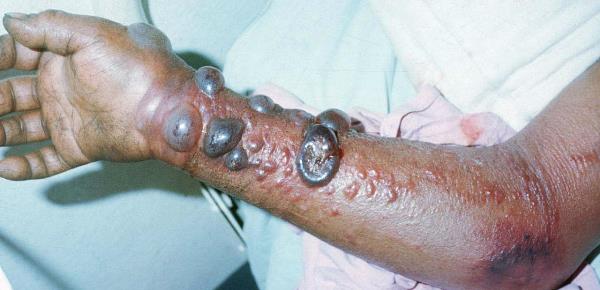Often linked to allergies or asthma, they may cause no symptoms, especially if they’re small and don’t need treatment. Larger ones can block normal drainage from the sinuses. When too much mucus builds up in the sinuses, it can become infected.
Unlike polyps that form in the colon or bladder, nasal ones are rarely cancer. Experts think that long-term inflammation causes them or that they run in families.
Nasal polyps aren’t painful to the touch. Medications or surgery can treat most. They may come back, though.

Symptoms
If you have any symptoms, they may include:
- Stuffy or blocked nose
- Sneezing
- Postnasal drip
- Runny nose
- Facial pain
- Trouble with sense of smell
- Loss of taste
- Itching around the eyes
- Infections
Most people with nasal polyps have a runny nose, sneezing, and postnasal drip. About 75% have problems with their sense of smell.
Many people also have wheezing, sinus infections, and sensitivity to fumes, odors, dusts, and chemicals. It’s less common, but some people with nasal polyps also have a severe allergy to aspirin and reaction to yellow dyes. If you know you have that allergy, ask your doctor to check for nasal polyps.
Nasal polyps make you more likely to have long-term (chronic) sinusitis. Large ones can even change the shape of your nose.
Who Gets Them?
Anyone can, but they’re most common in adults over age 40 and are twice as likely to affect men as women. Children under age 10 rarely get them. If they do, a doctor will check for signs of cystic fibrosis.
Nasal polyps are linked to allergic rhinitis, asthma, aspirin allergy, sinus infections, acute and chronic infections, something stuck in the nose, and cystic fibrosis. But many times the cause is unknown. Sometimes, people get them before they develop asthma or sinusitis.
Some experts think that symptoms of allergies — including runny nose, sneezing, and itching — make some people more likely to get nasal polyps. But the allergy connection is controversial. Other researchers think that sinus infections are to blame.
Treatments
If you think that you have nasal polyps, your doctor can check. She’ll use a nasal endoscope, which is a tool with a magnifying lens or camera that provides a detailed view of your nose and sinuses. In some cases, your doctor may order more tests or take a small sample (a biopsy) of the polyp.
If you need treatment, you’ll probably start with a nasal corticosteroid spray. In many cases, that can shrink or even get rid of nasal polyps. But some people need to take corticosteroids such as prednisone by mouth for a week.
Unfortunately, nasal polyps tend to come back if the irritation, allergy, or infection continues. So you may need to keep using a corticosteroid spray and get checkups with a nasal endoscope every now and then.
In general, medications such as antihistamines and decongestants aren’t great at managing nasal polyps. But you may need antihistamines to control allergies or antibiotics if you have an infection before you start on steroids.
Surgery:
Sometimes, nasal polyps are so large that corticosteroid nasal sprays don’t work. In such cases, surgery may be an option.
The doctor would likely use a small nasal telescope that removes nasal polyps. You can go home the same day as the surgery.
Surgery helps in most cases. It may be less effective if you have nasal polyps, asthma, and aspirin sensitivity. If that’s you, medication may be more helpful.


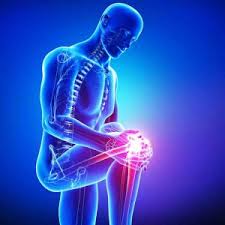



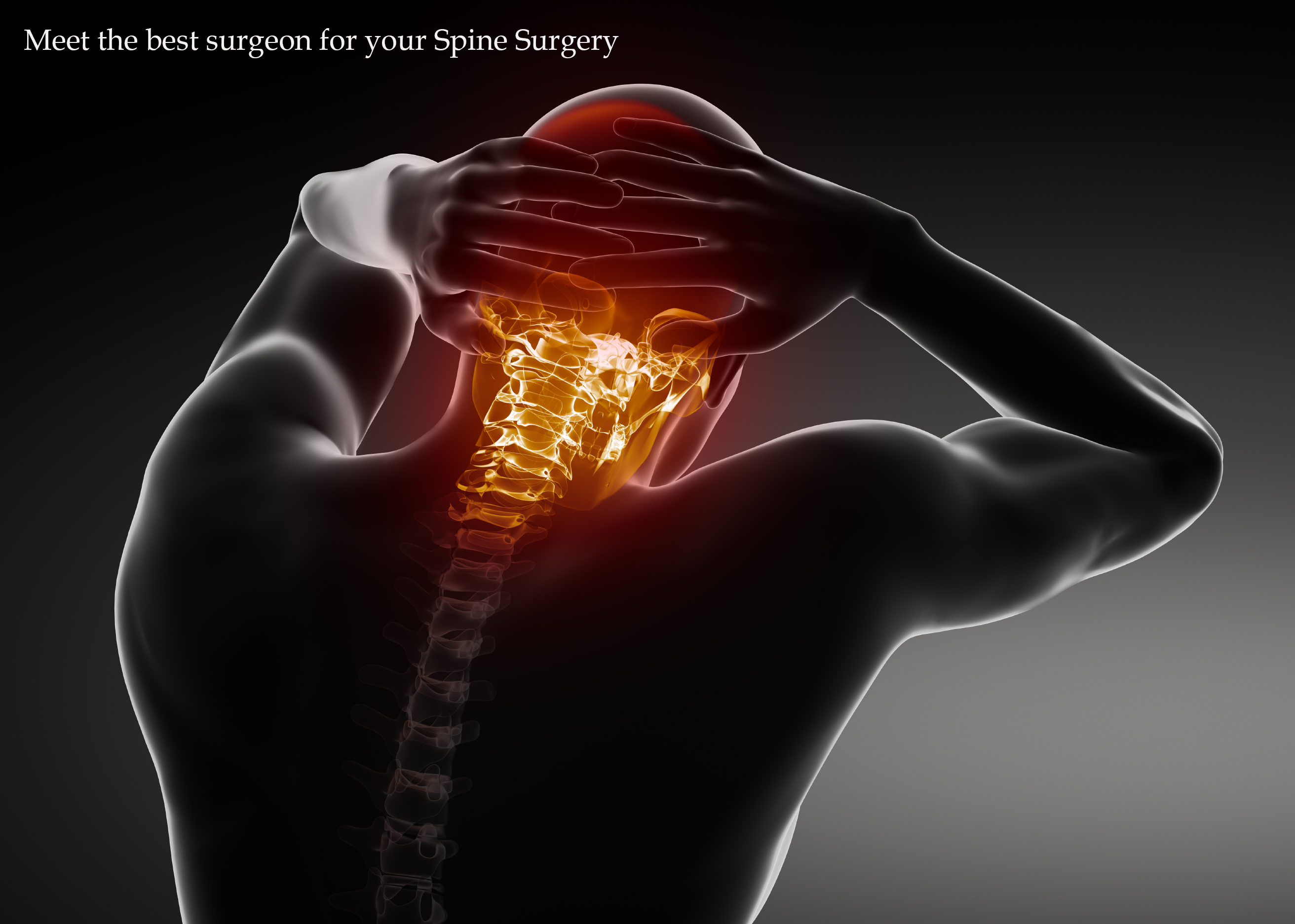
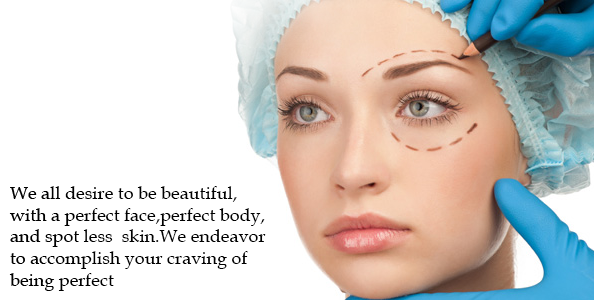


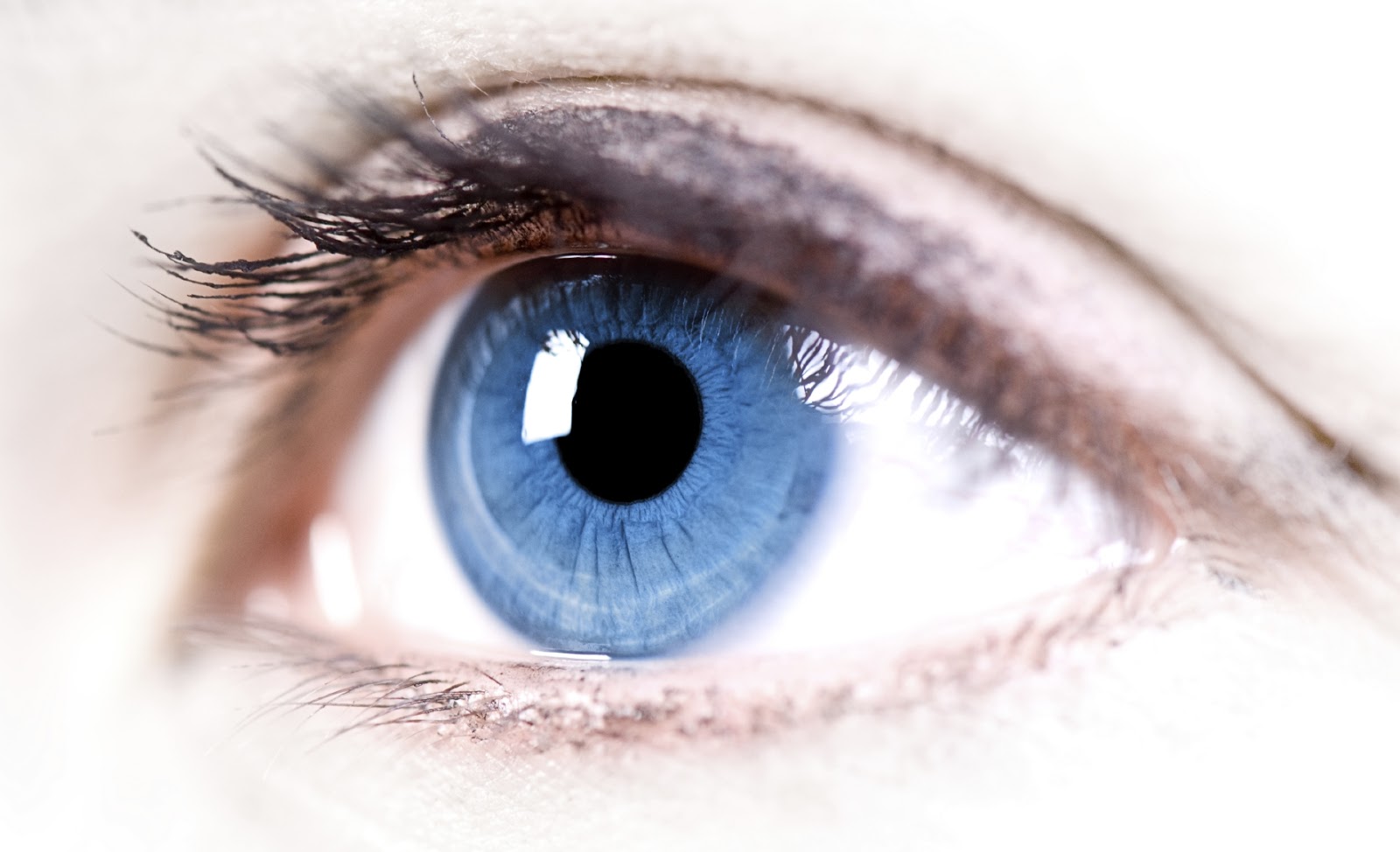
 What are the Causes of Spinocerebellar Ataxia?
What are the Causes of Spinocerebellar Ataxia?

